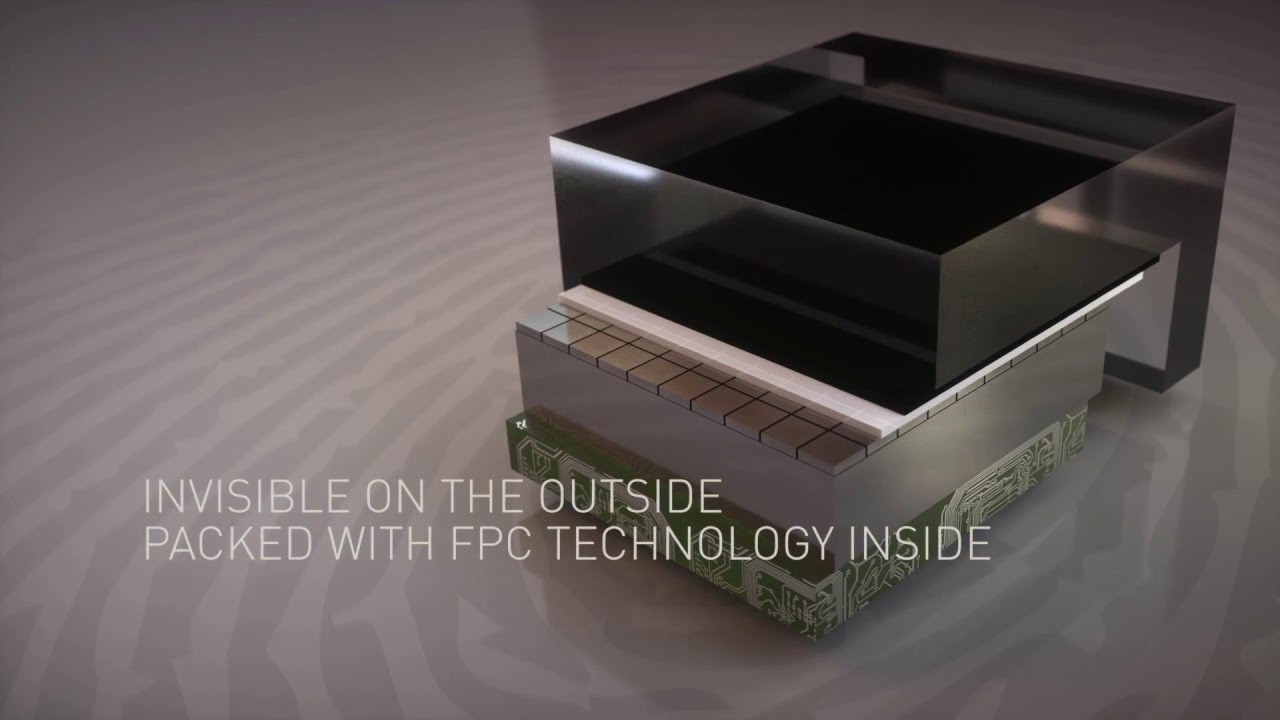New in-glass fingerprint sensor makes the case for waterproof devices as soon as this year
The FPC1268 is a fingerprint sensor module by LG Innotek, whose main feature is the ability to be embedded inside the glass of a touchscreen display, to completely replace the home button. By this token it’s easy to predict some interesting changes we could see in the design of portable devices, like the iPhone or the iPad.

Up until now, fingerprint sensors have required a separate area on a device, to be set aside, from existing hardware within a device, which explains why sensors like the Touch-ID in the iPhone and iPad are built into the home button: conventional fingerprint sensors require direct contact with a human thumb to work.
As fingerprint and other forms of biometric authentication become more popular, and possibly even mandatory, in the near future, the need to improve upon biometric sensor technology becomes necessary, to allow more discrete ways to enable consumers to use the technology. Since FPC1268 can be embedded inside a touchscreen’s glass, the design of smartphones and tablets that integrate fingerprint sensors is expected to change towards a truly seamless state, where the fingerprint sensor itself performs the function of a home button.
Embedding sensors under the touchscreen prompts for other important features to be considered for next generation devices, including an easier path towards waterproofing these devices.
There is strong evidence suggesting that Apple might be particularly interested in the technology. It’s not a secret that Apple has been consistently working on ways to waterproof both iOS, and Mac products, with reports of job openings and patents published as far back as two years ago.
Some of those patents include a plurality of methods to repel/expel liquids through speaker outlets on both Macs and iOS devices, however a patent describing ways for Touch-ID to be waterproof or water resistant is yet to be found.
With that being said, will Apple use this particular design from LG? Realistically, Apple is trying its best to design as much internal hardware as it can, without relying on other manufacturers, with the exception of Mac computers. While that is true, it’s also true that, as we have mentioned earlier, Apple has been actively researching ways to waterproof devices, which may mean that Apple is also working on a similar design.
Apple’s direct smartphone, and tablet competitor, Samsung, may be more likely to use LG’s sensor, although that could mean moving away from its current supplier, Synaptics, rumored to be under acquisition by the South Korean tech giant.